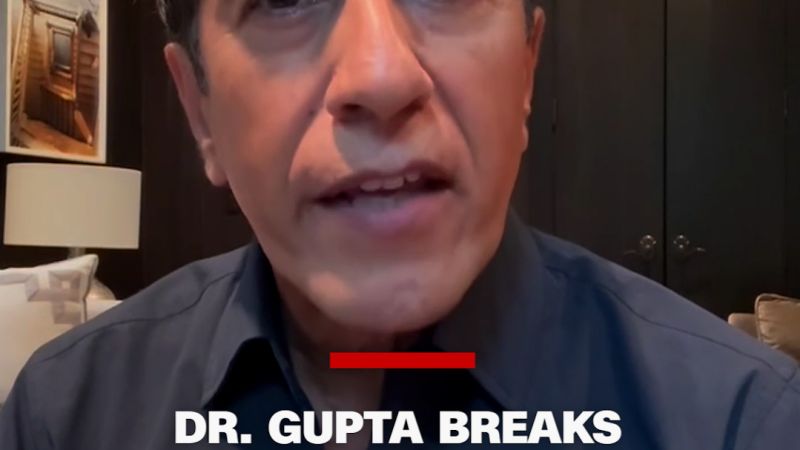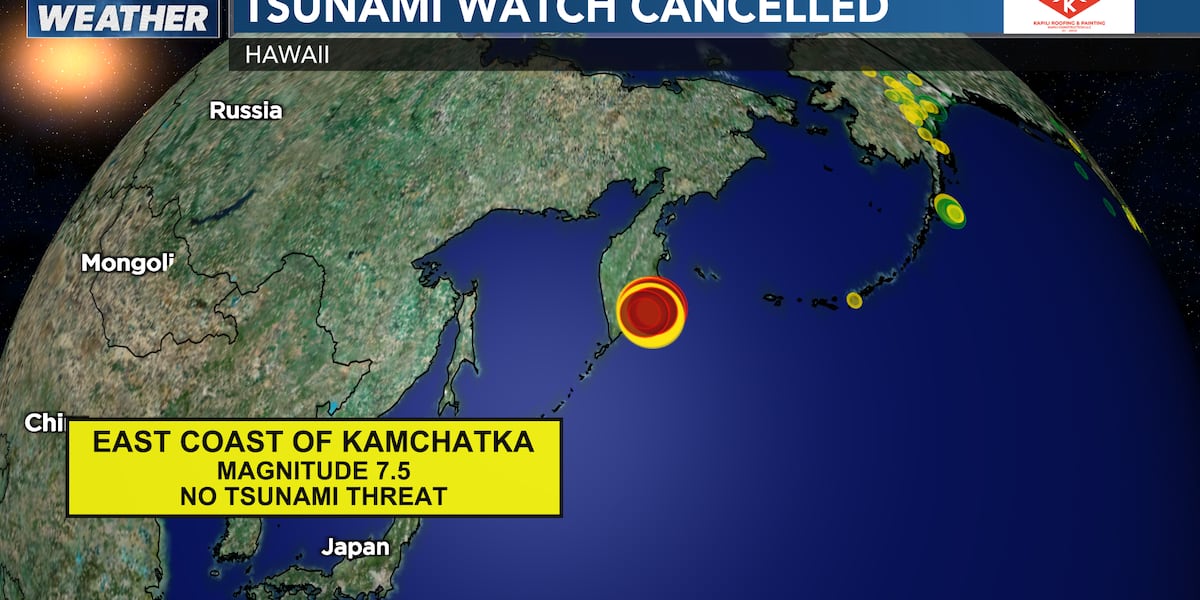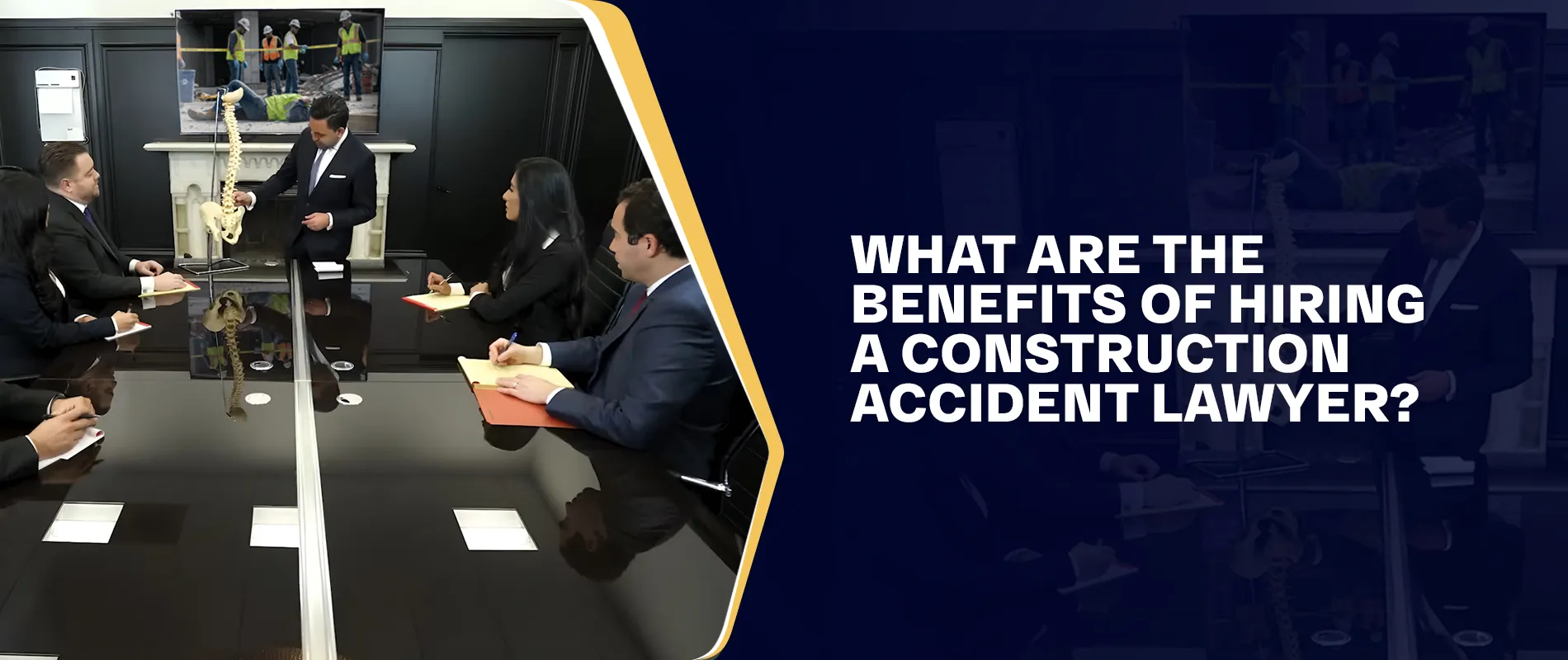Chronic Venous Insufficiency (CVI): Symptoms, Diagnosis, And Treatment

Welcome to your ultimate source for breaking news, trending updates, and in-depth stories from around the world. Whether it's politics, technology, entertainment, sports, or lifestyle, we bring you real-time updates that keep you informed and ahead of the curve.
Our team works tirelessly to ensure you never miss a moment. From the latest developments in global events to the most talked-about topics on social media, our news platform is designed to deliver accurate and timely information, all in one place.
Stay in the know and join thousands of readers who trust us for reliable, up-to-date content. Explore our expertly curated articles and dive deeper into the stories that matter to you. Visit Best Website now and be part of the conversation. Don't miss out on the headlines that shape our world!
Table of Contents
Chronic Venous Insufficiency (CVI): Understanding Symptoms, Diagnosis, and Treatment Options
Chronic venous insufficiency (CVI) affects millions worldwide, causing significant discomfort and impacting quality of life. This condition, characterized by inadequate blood flow back to the heart from the legs, often goes undiagnosed or untreated, leading to potentially serious complications. Understanding the symptoms, diagnostic methods, and available treatments is crucial for effective management and preventing progression.
What is Chronic Venous Insufficiency (CVI)?
CVI arises from malfunctioning valves in the leg veins. These valves, designed to prevent blood from flowing backward, become weakened or damaged, causing blood to pool in the legs. This pooling leads to increased pressure within the veins, damaging the vein walls and surrounding tissues. The severity of CVI can range from mild discomfort to debilitating symptoms. Risk factors for CVI include age, obesity, prolonged standing or sitting, pregnancy, and a family history of venous disease.
Recognizing the Symptoms of CVI:
Early diagnosis is key to effective CVI management. Common symptoms include:
- Leg Swelling (Edema): Often worse at the end of the day or after prolonged periods of standing.
- Leg Pain and Heaviness: A dull ache or feeling of tiredness in the legs, often relieved by elevating the legs.
- Leg Cramping: Especially at night.
- Skin Changes: These can include discoloration (brownish discoloration around the ankles), thickening of the skin, and itching.
- Varicose Veins: Visible, bulging, and often twisted veins.
- Venous Ulcers: These are slow-healing sores that often develop on the ankles and lower legs. These are a serious complication of advanced CVI and require immediate medical attention.
Diagnosis of Chronic Venous Insufficiency:
Your doctor will likely begin with a thorough physical examination, focusing on your leg veins and assessing for swelling, skin changes, and varicose veins. Further diagnostic tests may include:
- Venous Doppler Ultrasound: This non-invasive test uses sound waves to evaluate blood flow in the leg veins and identify areas of blockage or reflux (backflow of blood). It's the most common method for diagnosing CVI.
- Venography: A more invasive procedure that involves injecting dye into the veins and taking X-rays to visualize blood flow. This is typically reserved for cases where ultrasound findings are unclear or inconclusive.
- Ankle-Brachial Index (ABI): This test compares blood pressure in your ankle to your arm to assess for peripheral artery disease (PAD), which can sometimes coexist with CVI.
Treatment Options for Chronic Venous Insufficiency:
Treatment aims to reduce symptoms, prevent complications, and improve quality of life. Options include:
- Lifestyle Modifications: These are crucial and often the first line of treatment. This includes elevating your legs regularly, engaging in regular exercise (avoiding prolonged standing or sitting), maintaining a healthy weight, and wearing compression stockings.
- Compression Therapy: Compression stockings apply pressure to the legs, improving blood flow and reducing swelling. Different levels of compression are available, and proper fitting is essential.
- Pharmacological Treatments: Medication may be prescribed to reduce pain, swelling, and inflammation.
- Minimally Invasive Procedures: For more severe cases, minimally invasive procedures such as sclerotherapy (injecting a solution into varicose veins to close them) or endovenous ablation (using heat or laser energy to close diseased veins) may be recommended.
- Surgical Procedures: In rare instances, more extensive surgical procedures may be necessary.
Preventing Chronic Venous Insufficiency:
While not all cases are preventable, you can reduce your risk by:
- Maintaining a healthy weight: Obesity increases pressure on leg veins.
- Regular exercise: Promotes good circulation.
- Avoiding prolonged standing or sitting: Take regular breaks to move around.
- Elevating your legs: Helps improve blood flow back to the heart.
Conclusion:
Chronic venous insufficiency is a prevalent condition that can significantly impact daily life. Early diagnosis and appropriate management, including lifestyle changes and medical intervention where necessary, are crucial to prevent complications and maintain a good quality of life. If you experience any of the symptoms mentioned above, consult your doctor for proper evaluation and treatment. Don't hesitate to seek medical advice; early intervention is key to managing CVI effectively.

Thank you for visiting our website, your trusted source for the latest updates and in-depth coverage on Chronic Venous Insufficiency (CVI): Symptoms, Diagnosis, And Treatment. We're committed to keeping you informed with timely and accurate information to meet your curiosity and needs.
If you have any questions, suggestions, or feedback, we'd love to hear from you. Your insights are valuable to us and help us improve to serve you better. Feel free to reach out through our contact page.
Don't forget to bookmark our website and check back regularly for the latest headlines and trending topics. See you next time, and thank you for being part of our growing community!
Featured Posts
-
 Tomorrowland Main Stage Destroyed By Devastating Fire
Jul 19, 2025
Tomorrowland Main Stage Destroyed By Devastating Fire
Jul 19, 2025 -
 Pedestrian Hit By Car In Sacramento Folsom Boulevard Collision Details
Jul 19, 2025
Pedestrian Hit By Car In Sacramento Folsom Boulevard Collision Details
Jul 19, 2025 -
 Stephen Colberts Late Show Ending Cbs Announces 2024 Cancellation
Jul 19, 2025
Stephen Colberts Late Show Ending Cbs Announces 2024 Cancellation
Jul 19, 2025 -
 League Of Legends Msi 2025 Skin Sale Limited Time Only
Jul 19, 2025
League Of Legends Msi 2025 Skin Sale Limited Time Only
Jul 19, 2025 -
 Trumps Diagnosis Dr Gupta Explains The Implications
Jul 19, 2025
Trumps Diagnosis Dr Gupta Explains The Implications
Jul 19, 2025
Latest Posts
-
 Master Chefs Future Uncertain After Wallace And Torodes Sacking
Jul 20, 2025
Master Chefs Future Uncertain After Wallace And Torodes Sacking
Jul 20, 2025 -
 Barroso Filha Reside No Brasil Noticias De Deportacao Sao Falsas
Jul 20, 2025
Barroso Filha Reside No Brasil Noticias De Deportacao Sao Falsas
Jul 20, 2025 -
 M7 5 Earthquake Off Russia Hawaii Tsunami Watch Cancelled
Jul 20, 2025
M7 5 Earthquake Off Russia Hawaii Tsunami Watch Cancelled
Jul 20, 2025 -
 Why Hire A Construction Accident Lawyer Exploring Key Benefits
Jul 20, 2025
Why Hire A Construction Accident Lawyer Exploring Key Benefits
Jul 20, 2025 -
 Cnn News Quiz Test Your Knowledge July 18 2025
Jul 20, 2025
Cnn News Quiz Test Your Knowledge July 18 2025
Jul 20, 2025
